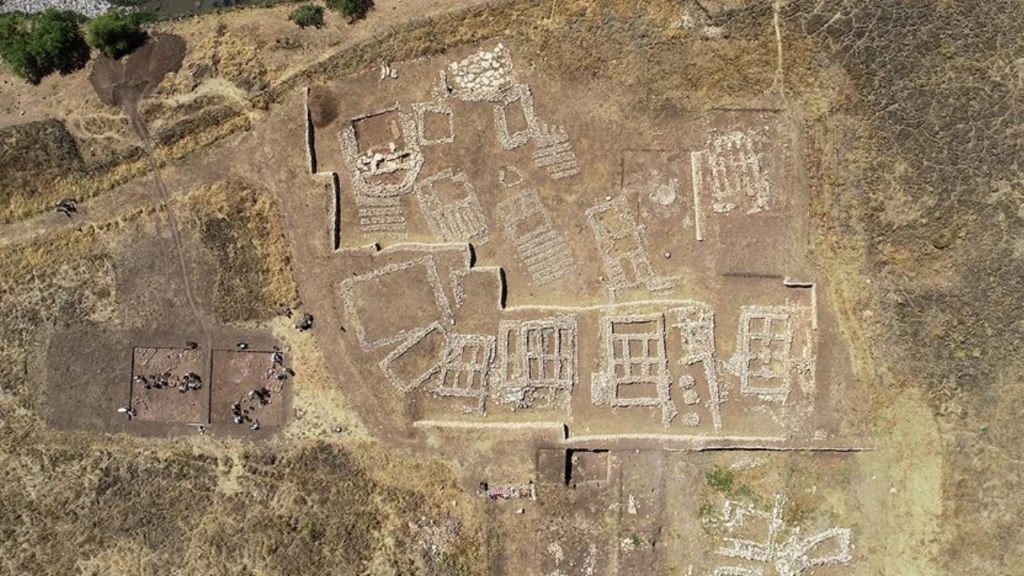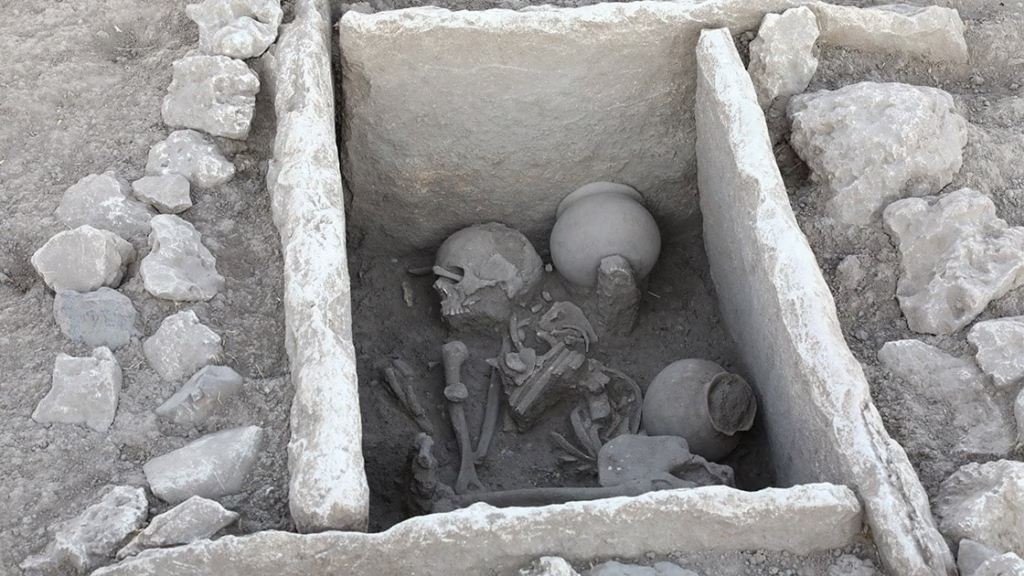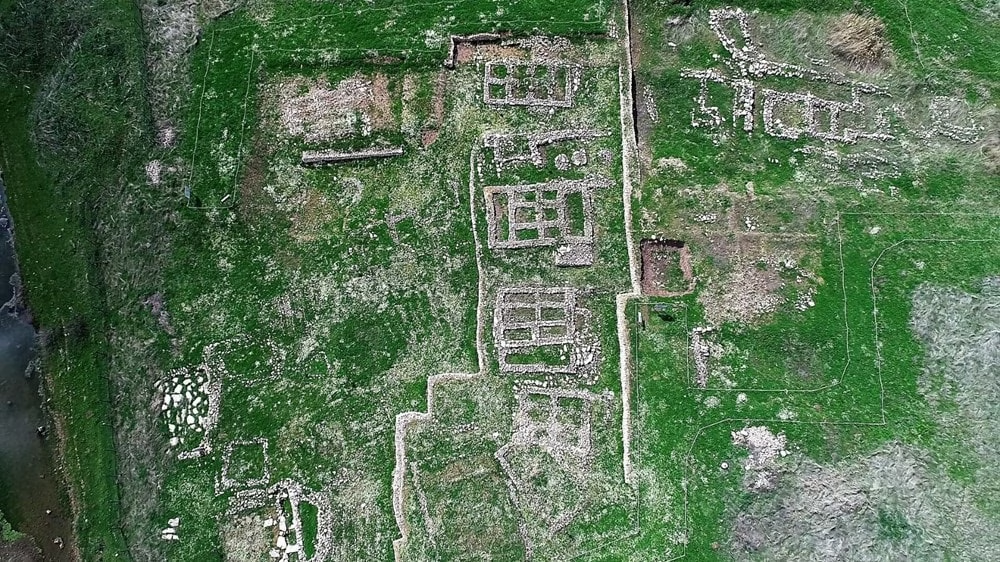Imagine a world before writing, before cities, even before farming. Humanity is still roaming, dependent on hunting and gathering. And then—somewhere in southeastern Türkiye, a small settlement begins to form. A quiet revolution is taking place, one that will shape the future of our species. Welcome to Çayönü, one of the world’s earliest known villages.
Where Is Çayönü?
Located near the modern town of Ergani in the Diyarbakır Province of southeastern Türkiye, Çayönü Tepesi (Çayönü Hill) is a Neolithic site that dates back nearly 12,000 years. Strategically positioned near the upper reaches of the Tigris River and the Taurus Mountains, this site is part of the broader Fertile Crescent—the cradle of civilization.
Excavation History
Çayönü was first brought to light in 1964 through a joint excavation project by the University of Chicago and Istanbul University, led by prominent archaeologists Prof. Halet Çambel and Prof. Robert Braidwood. The site quickly gained attention for its well-preserved layers of Neolithic life. After a hiatus in the 1990s, excavations resumed in 2017 under the direction of Prof. Dr. Aslı Erim Özdoğan from Çanakkale Onsekiz Mart University.

A Blueprint for Settled Life
One of the most fascinating aspects of Çayönü is its evolving architecture. Early structures were round, similar to other sites of the era, but they eventually gave way to rectangular, grid-based houses—a major leap toward planned urban settlements. Some buildings featured terrazzo floors, an advanced technique rare for that time. This evolution reflects the community’s transition from temporary shelters to permanent homes.
Agriculture and Domestication Begin
Çayönü stands out as a birthplace of agriculture. Evidence suggests that this is one of the first places where humans began cultivating emmer wheat, lentils, and chickpeas. At the same time, they were domesticating animals such as sheep and goats, making the shift from foraging to food production—a defining moment in human history.
The World’s First Metalworkers?
Perhaps even more surprisingly, Çayönü is also home to some of the earliest examples of metallurgy. Close proximity to copper sources in Ergani allowed the people here to mine, smelt, and shape copper tools as far back as 9,000 years ago. These discoveries place Çayönü among the very first communities to experiment with metalworking.

Life, Death, and Belief Systems
Among the many structures uncovered, one in particular—dubbed the “Skull Building”—suggests that the people of Çayönü had complex burial practices. Over 400 human remains have been found here, some of them remarkably well-preserved. These findings hint at early forms of ancestor worship or ritualistic behavior. Female figurines discovered on site also suggest the presence of a fertility or mother goddess cult, potentially one of the earliest examples in human culture.
Traces in Our DNA
Genetic and anthropological studies on the human remains at Çayönü reveal a mixed heritage, with roots both in eastern and western parts of the Fertile Crescent. The average life expectancy was around 30–35 years, though some individuals lived beyond 60. These people were physically robust and well-adapted to the challenging environment.

Why Çayönü Still Matters
Çayönü is more than an archaeological site—it’s a testament to the origins of civilization. It represents the shift from a nomadic to a sedentary lifestyle, the beginnings of agriculture and animal domestication, and the rise of social structures, religious beliefs, and technological innovation.
In recent years, there have been efforts to preserve and promote Çayönü as an open-air museum, making it accessible not just to scholars, but to the public as well. As new discoveries continue to surface, this humble hill in southeastern Türkiye remains a key to understanding where we come from—and perhaps, where we’re headed.





